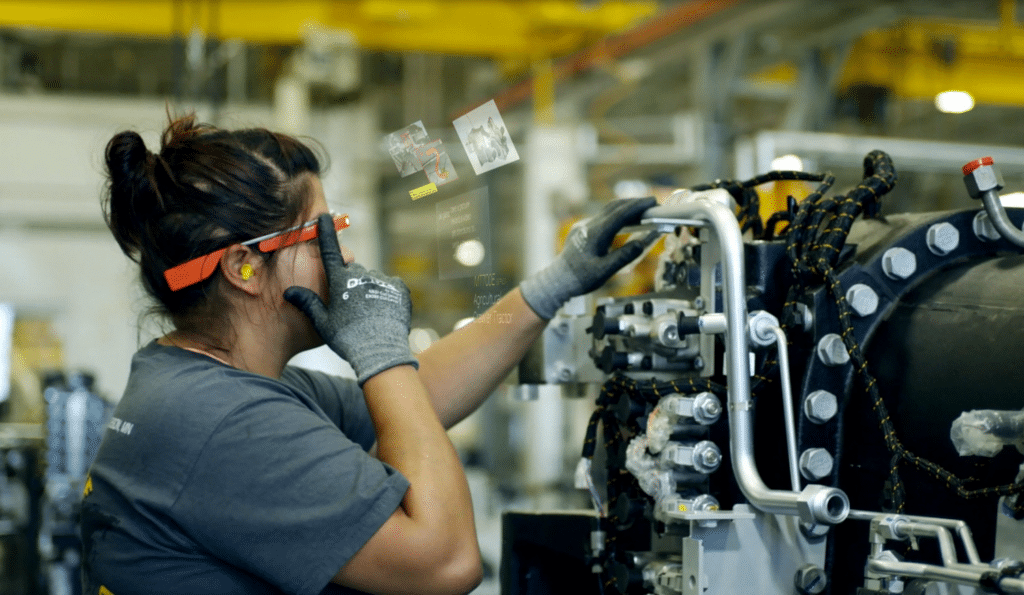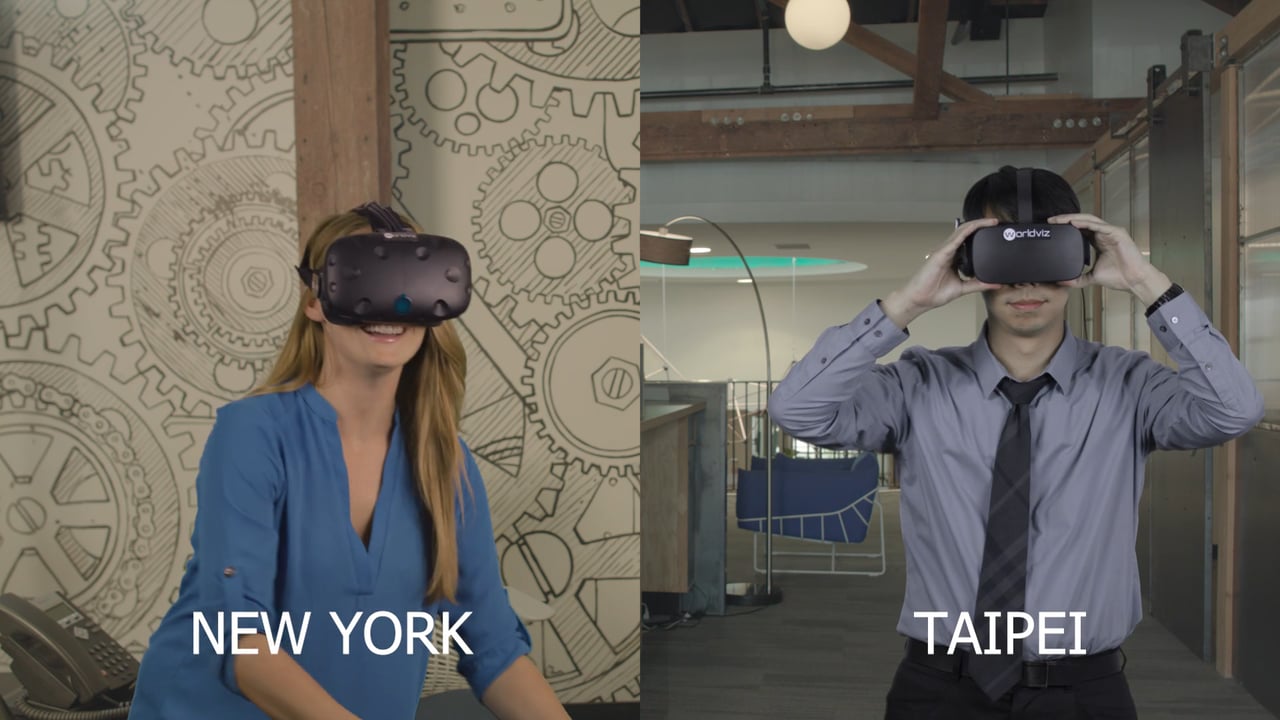
This post is adapted from ARtillry’s latest Intelligence Briefing: Enterprise XR: Impacting the Bottom Line. More can be previewed here and subscribe to access the full report.
After qualifying the enterprise XR opportunity and quantifying its ROI, it’s time to examine a bit more detail on the types of XR developing in today’s enterprises. Because there are too many formats to cover in a succinct way, we’ll focus on three representative examples.
Coca-Cola’s AR remote assistance we examined last week is one form of enterprise XR. It’s built on live “see what I see” support. Other AR formats include pre-authored directions, which are similar to remote assistance but not live. And for VR, we’ll examine remote collaboration.

AR: Remote Assistance
One valuable AR modality is live support from remote subject matter experts (SMEs) who can see exactly what an on-site worker sees. That visual channel is the basis for a live feedback loop for guided support. And the format can be graphical annotations or voice assistance.
On the receiving end (on-site worker), the hardware is usually a head-worn AR device with a camera but can also be an iPad. On the other end (SME), the hardware can be a touch screen device for drawing live annotations, or a VR headset for even deeper “see what I see” support.
Developers of remote AR assistance include UpSkill and Scope AR. Scope AR’s Remote AR product is used by utilities, telcos and heavy equipment industries among others. It works with Caterpillar for example to provide support for heavy-equipment end users.
ScopeAR CEO Scott Montgomery framed it to ARtillry as similar to call-conferencing providers’ longtime proposition: remote interaction is cheaper than travel. That’s always been the case with teleconferencing, but AR’s visual component now makes it much more immersive and applicable.
“We’re seeing use cases across virtually every heavy industry,” he told ARtillry. “Automotive, utilities, telcos, energy, mining, oil & gas… you name it. It’s a very horizontal technology. It’s wherever there are remote workers, or there’s no one on site that can solve a problem.”
Video Companion: Steve Feiner Demos Remote Task Assistance Project
AR: Authored Instructions
AR authored instructions are similar in some ways to remote assistance. But rather than live support, pre-authored graphics and animated sequences overlay physical-world equipment. The benefits include reduced cost through a “one-to-many” approach, and time-shifted access.
In addition to efficiencies for AR providers, there can be added convenience for enterprise users. For one, they can summon AR instructions any time, or in any time zone. Put another way, if remote assistance is like live TV, pre-authored instructions are like on-demand programming.
Scope AR’s WorkLink for example, helps enterprises author and distribute AR-guided support sequences. PTC’s ThingWorx likewise has an authoring environment that reduces friction by working with a range of 3D graphical formats already used in enterprises (think: CAD files).
“ThingWorx Studio is something that we’ve built for content creators that want to create AR experiences without writing any code,” said PTC’s Mike Campbell at an ARIA event, “easily reusing 3D assets they have, incorporating animations and data from other enterprise systems.”
Specifically, Thingworx Studio creates step-by-step graphically-guided instructions around 3D models. That workflow is then associated with a small decal known as a ThingMark. When attached to a physical-world item and viewed with an AR device, it launches the AR instructions.
Video Companion: ThingWorx AR Authoring Process
VR: Remote Collaboration
The above examples are clearly AR-oriented, but VR has a place in the enterprise. This applies where greater immersion is required, such as training and design. For the latter, VR can enable far-flung professionals to collaborate remotely and in deeper ways than existing formats.
One example of this collaboration is Santa Barbara-based WorldViz. Its flagship Vizible VR software enables interaction with far-flung colleagues, clients or sales targets. Reps for large products like airplane engines can remotely demo their wares through off-the-shelf VR headsets.
“The fact that we could offer to a company like Boeing the software that works with hardware they already have and gives them ability to walk around a one-to-one scale aircraft model, that was a real door opener,” WorldViz CEO Andy Beall told ARtillry Intelligence during a recent briefing.
Like PTC’s ThingWorx, Vizible includes an authoring tool. It lets users build visual components with all the ease of a Unity or other game engine. This lets enterprises not only give VR presentations but build them, including visual assets or 3D models they already have.

This one-two punch represents a strategy to become the Power Point and Go-To-Meeting of VR, as Beall puts it. As mentioned above by ScopeAR, enterprise XR can realize the longstanding and unfulfilled promise of teleconferencing, but in a more immersive and effective way.
But VR collaboration isn’t a silver bullet. It will have value to certain industry verticals and job roles, but doesn’t apply to everything. It will shine best where there’s visual nuance to a product’s collaboration, maintenance or sales. This includes fields like aerospace and automotive.
“VR in a social setting isn’t going to be what lawyers need to do a deposition,” Beall told ARtillry. “That’s well-handled by Cisco high-end tele-presence systems and it’s all verbal and intellectual information. Vizible works best where the material and the conversation are inherently spatial.”
More can be previewed here and subscribe to access the full report.
For a deeper dive on AR & VR insights, see ARtillry’s new intelligence subscription, and sign up for the free ARtillry Weekly newsletter.
Disclosure: ARtillry has no financial stake in the companies mentioned in this post, nor received payment for its production. Disclosure and ethics policy can be seen here.
